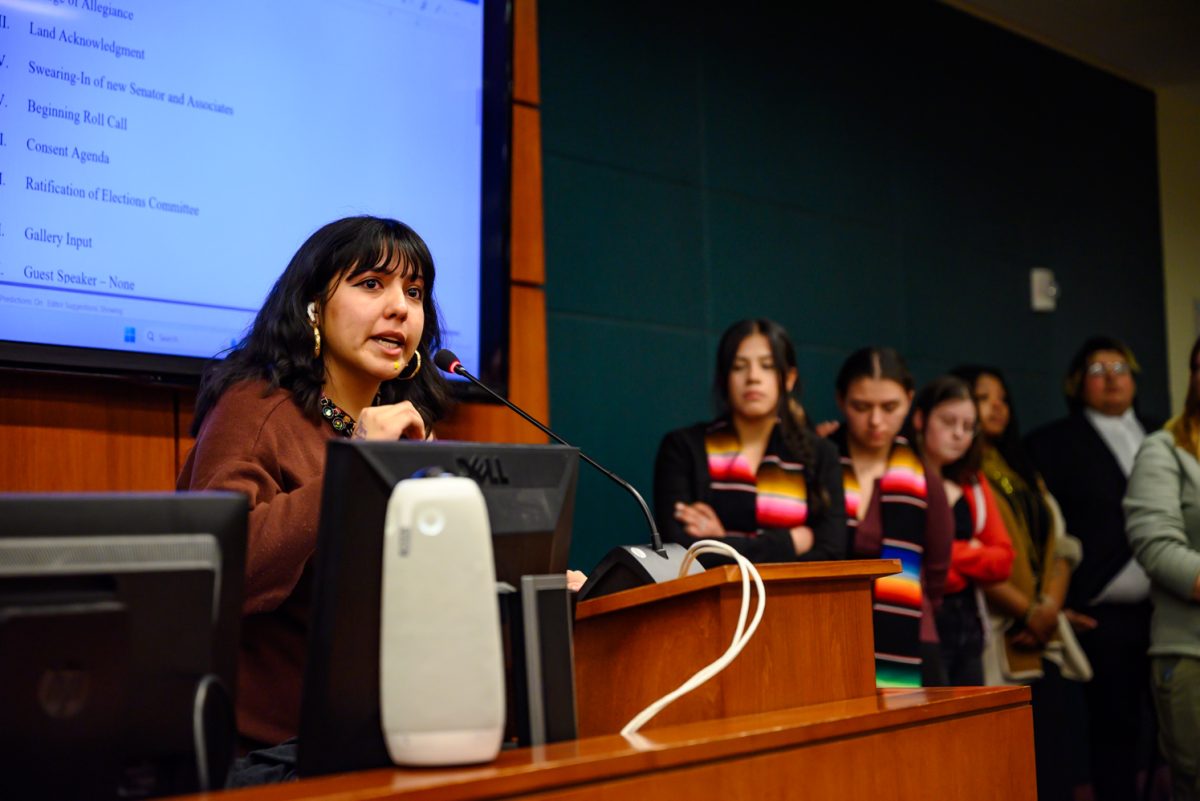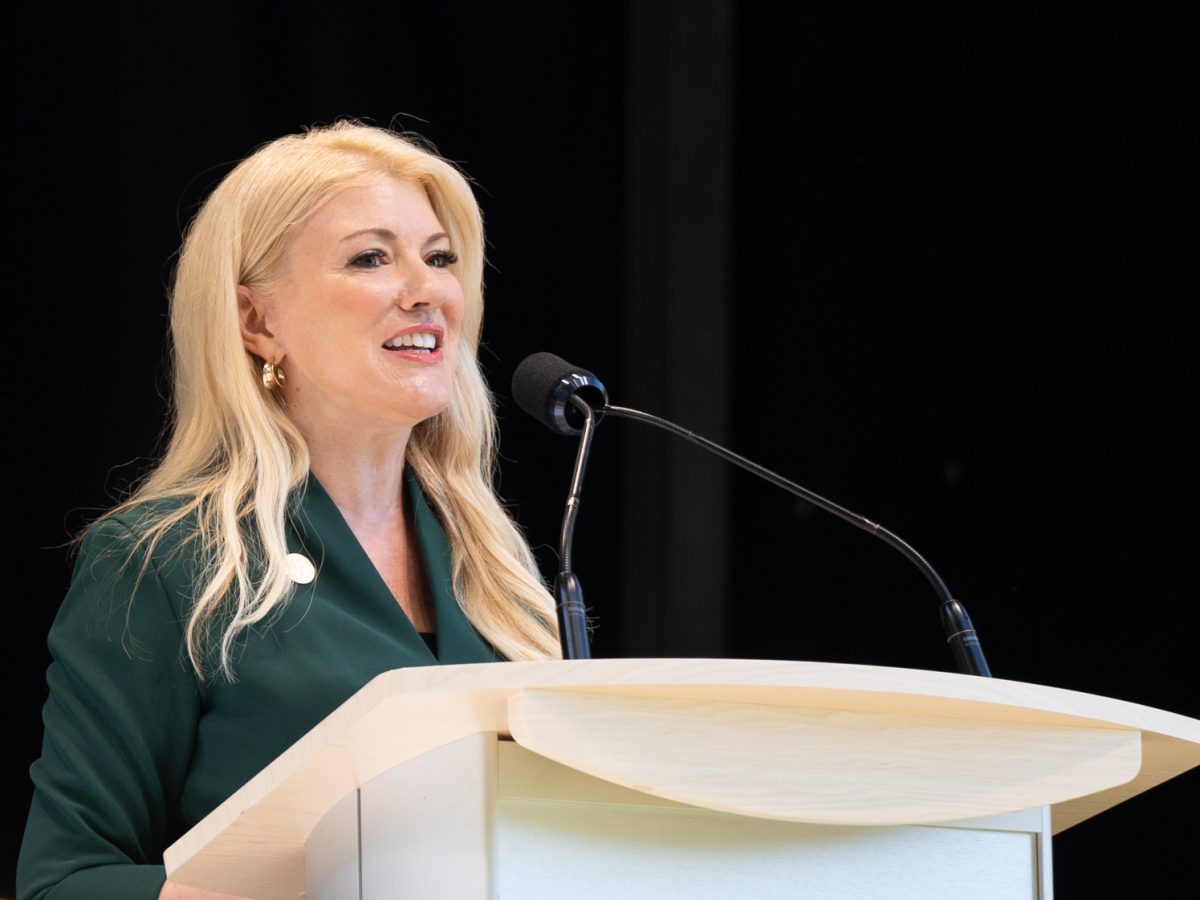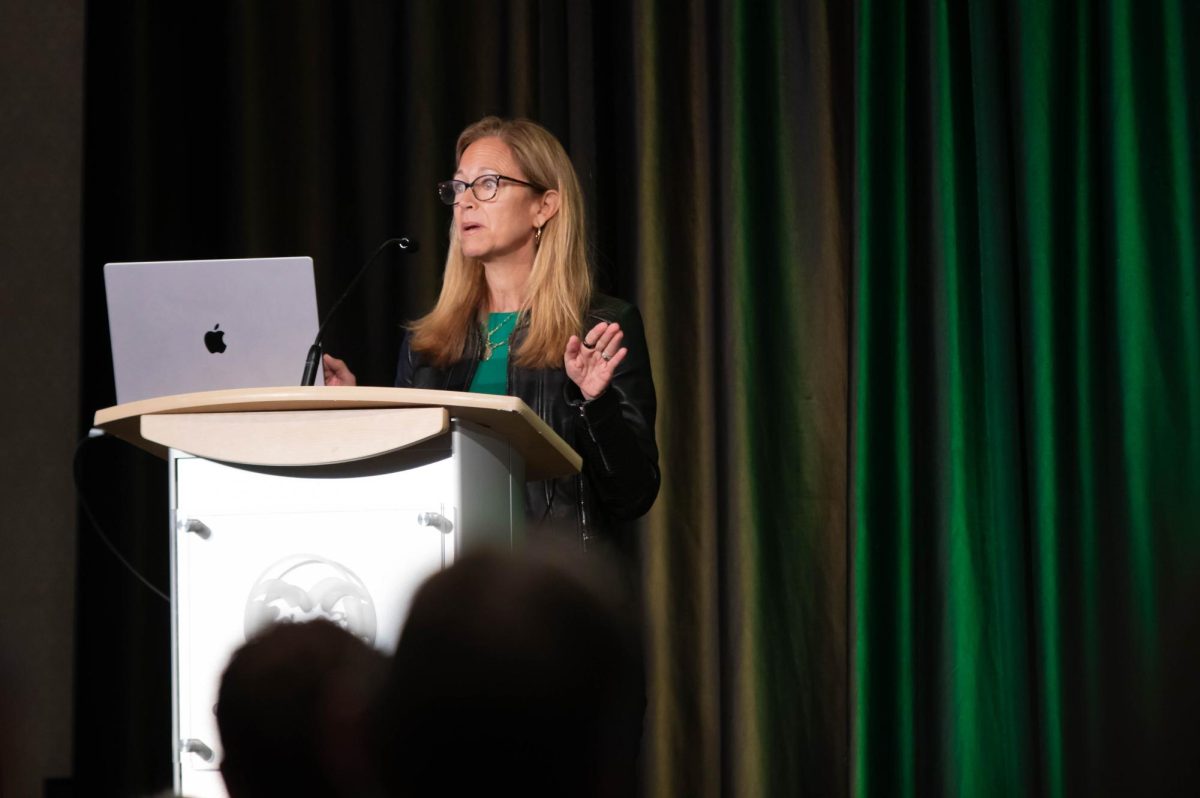
Colorado State University attracts more Colorado high school graduates than any other university in the state, according to President Tony Frank. The Collegian sat down with Frank to discuss the state of the University, including dwindling state funding, campus construction and the fate of the on-campus stadium.
State Funding
“Budgetarily, this is the greatest issue of American public higher education in our day, I don’t think there is any doubt about that,” Frank said. “Public funding per student has continued to go down. That cost us to turn to tuition.”
Frank said there are stress signs about the amount of debt students are forced to take on due to tuition increases.
“The amount of debt that people are taking on is worrisome … and yet I don’t see long-term structural issues within the state that would cause us to think we would be able to freeze or perhaps rollback tuition,” Frank said.
Last year, the state of Colorado placed $100 million into higher education. $40 million went directly to financial aid and $60 million went to state institutions. Of this money, CSU received about $11 million.

According to Frank, this money has been beneficial in providing more money for faculty salaries and keeping last years tuition increase to a low 5 percent. However, Frank stated there is a growing trend that shows Colorado’s discretionary budget is slowly but surely being squeezed down to zero and with it, the states higher education budget.
“We’ve got some serious financial challenges as a country and a state to think through those things,” Frank said.
These financial challenges have forced CSU to plan out how to thrive in an environment with a lack of state support. According to Frank, the University is lucky in that the campus can still grow and bring in more students, bringing in more money for the University to work with.
Construction on-campus:
“I don’t need to tell you all that we have had a lot of construction on campus.” Frank said, laughing. “If you look back at the history of the university … student enrollment has tended to go up and expansion in the campus on a square foot basis has tended to be a step function.”
Historically, Frank said the university has updated and built new buildings in steps: One decade being dedicated to construction, the next to paying off past construction projects. In the last decade Frank said the university’s buildings were not up to par.
“We came into the last decade quite a bit behind,” Frank said. “We hadn’t grown the campus much … we didn’t put our best foot forward with impressions.”
Since then, Frank said the University put a focus on making the University look good, with projects such as the Lory Student Center and Eddy. These projects are coming to fruition, and Frank said the University is just about ready to enter into a break from construction.
“I think there is always stuff that would be nice, but none of it falls in the category of ‘we’ve got to address this,'” Frank said.
The on-campus stadium:
Of the more controversial construction projects proposed under Frank’s tenure as president is the proposed on-campus stadium, which has drawn supporters and opponents alike.
Currently, the University is still trying to find enough private donations to total $110 million to help fund the project. Yet with the deadline just two months away, CSU has now raised around $27 million, leaving Frank uncertain over whether the necessary funds will be generated.
Frank expressed frustration over critics of the stadium, who think the issue is quite simple, and if the University does not have the necessary funds then the stadium should be scrapped and Hughes should be fixed up instead.

However, fixing up the almost 50-year-old Hughes stadium isn’t that simple, according to Frank. In total, it would cost $30 million to renovate Hughes’ failing infrastructure. Of the $30 million, the money would go to fixing sewage, electricity and concrete issues — no aesthetic updates. Furthermore, no private donor has been interested in donating money to renovate Hughes and the old stadium would not be able to generate new revenue like a new stadium would, meaning that the money to renovate Hughes would have to come from the general fund, or student tuition.
Using money from the general fund is something Frank said he has tried hard to avoid, and speculated there are still many other options for implementing a new stadium if the funding doesn’t come through. However, there is still time left to gather more money, and the University will have a more clear direction come October when Frank reports to the University Board of Governors.
Collegian Reporter Skyler Leonard can be reached at news@collegian.com. News Editors Caitlin Curley and Hannah Hemperly contributed to this report.





